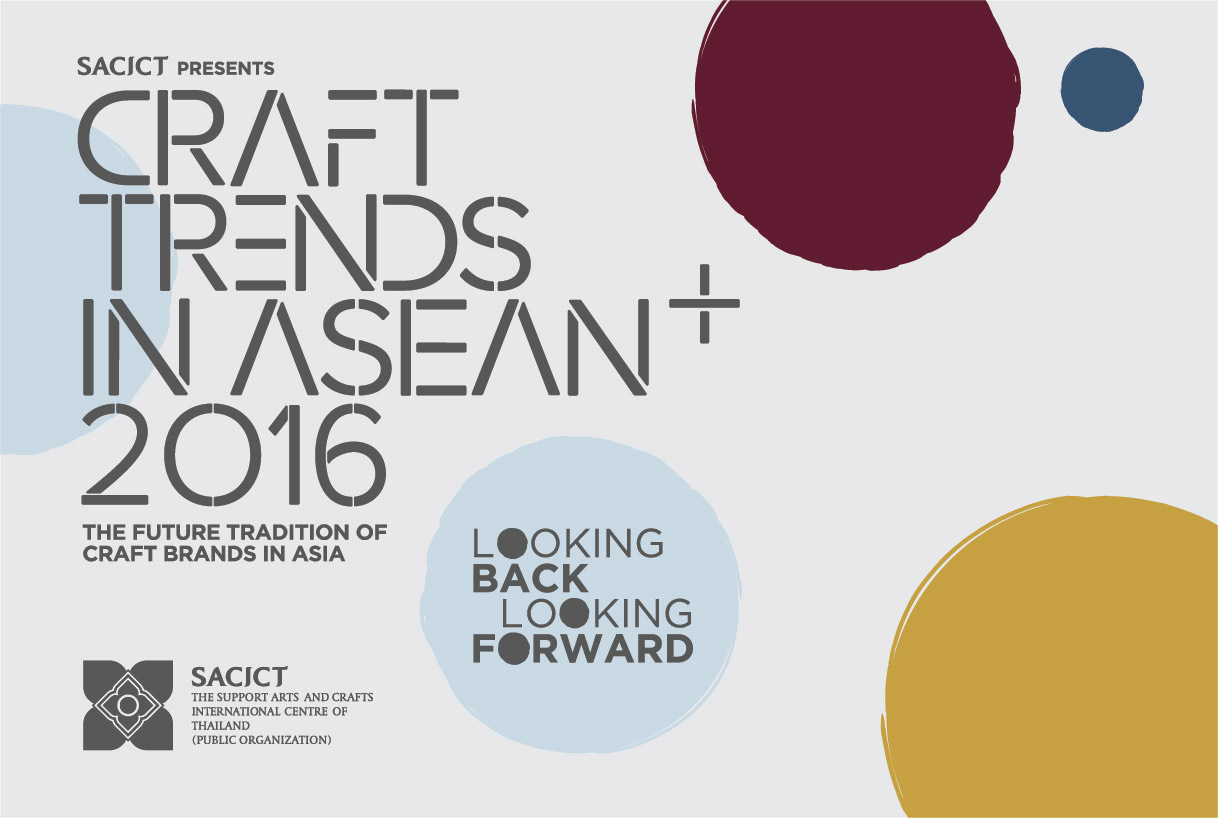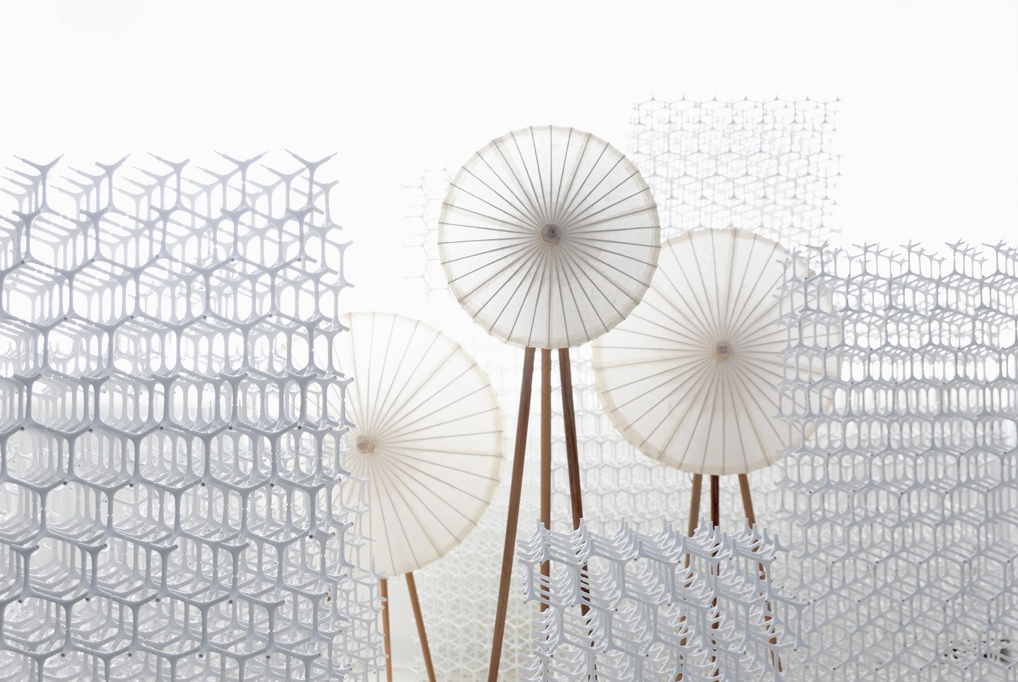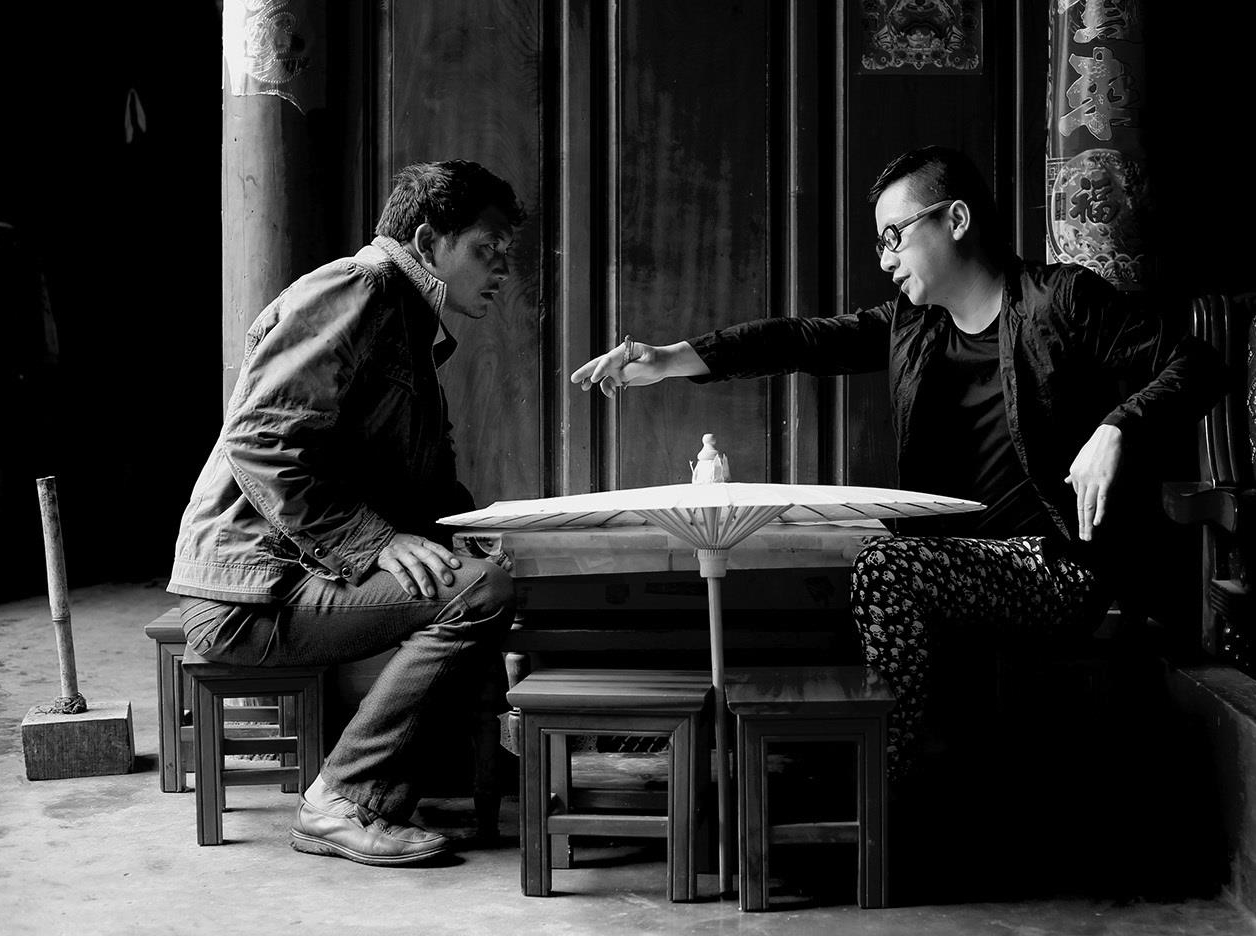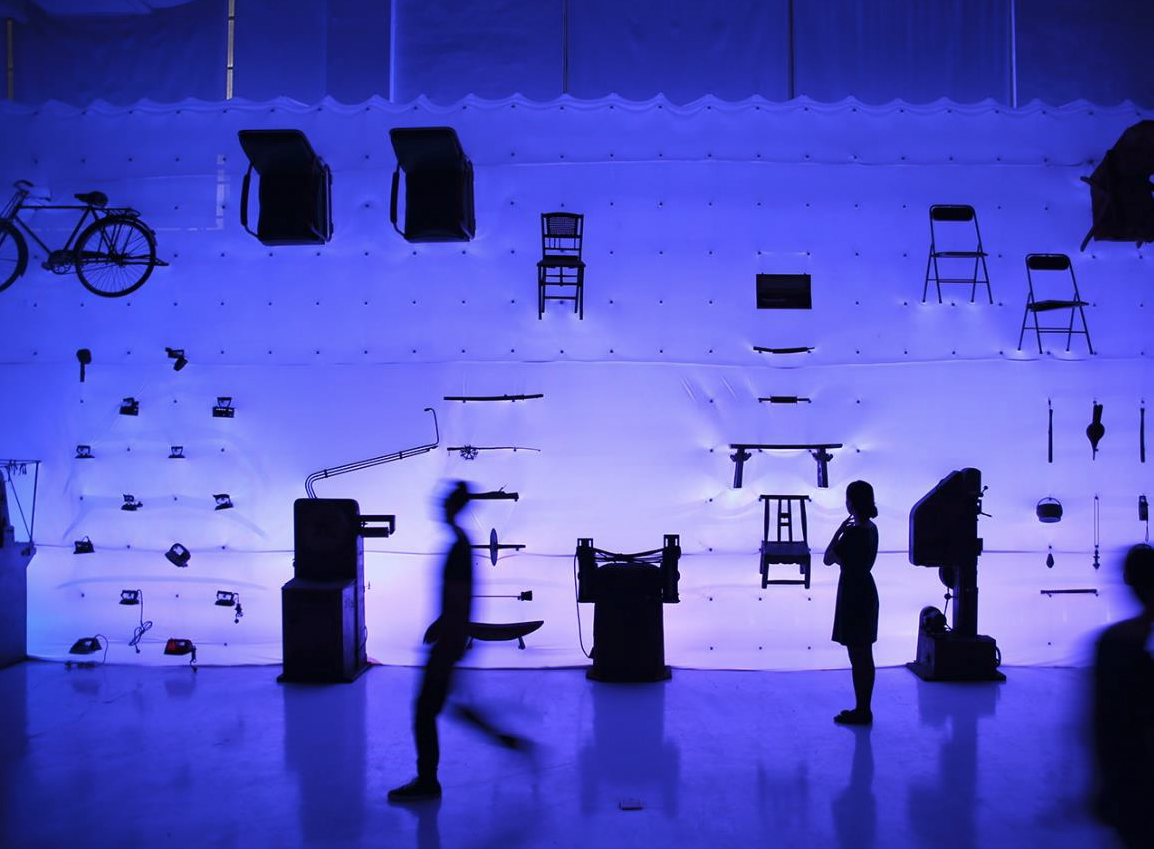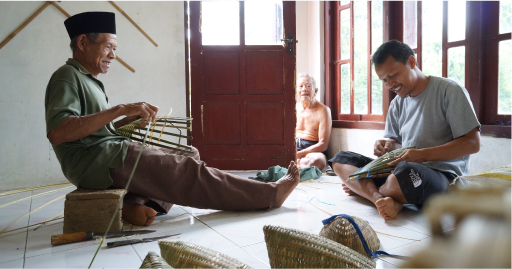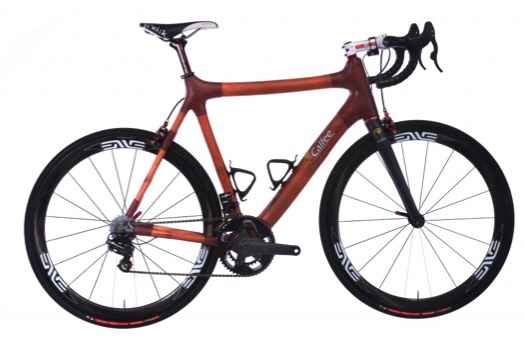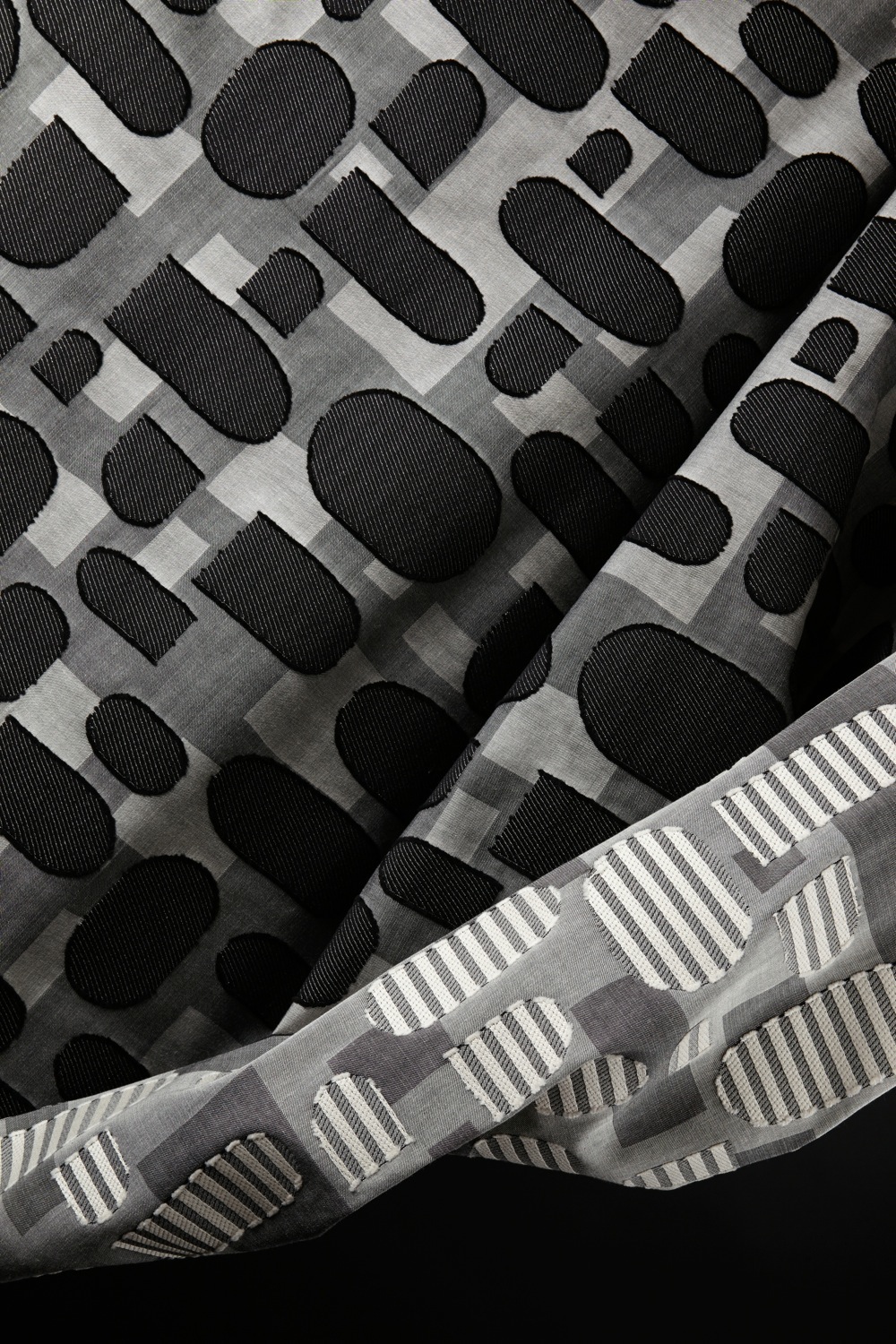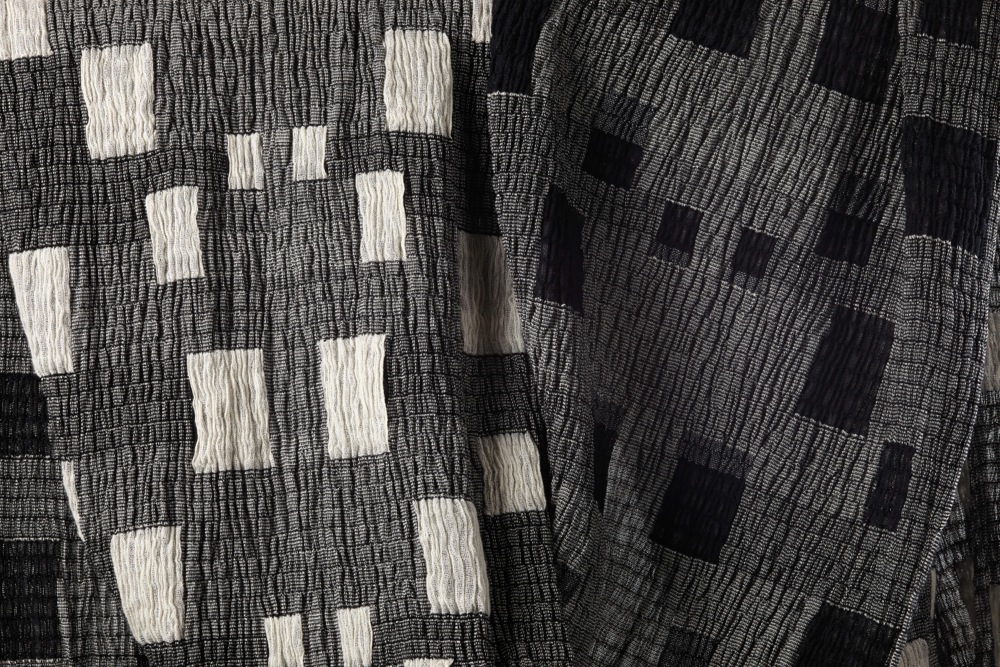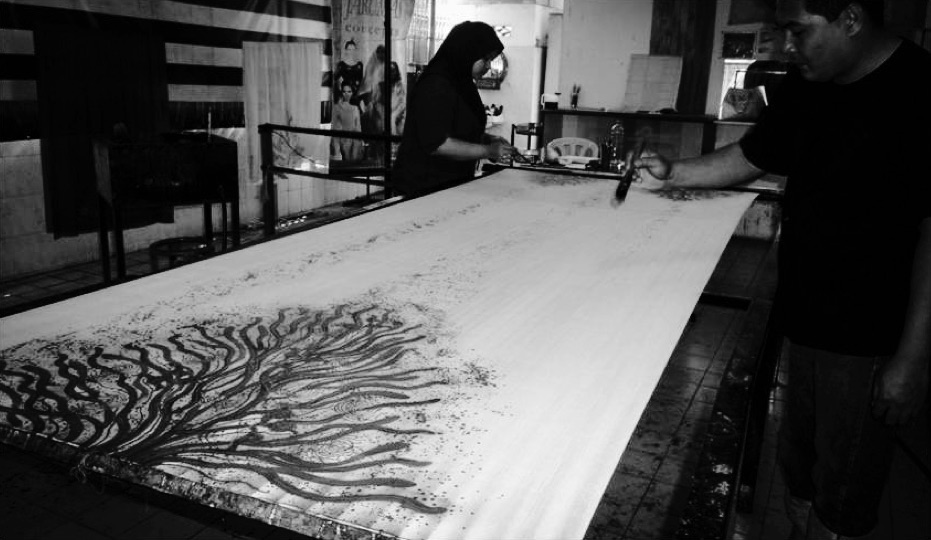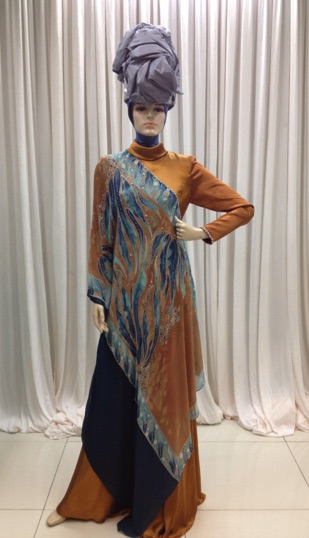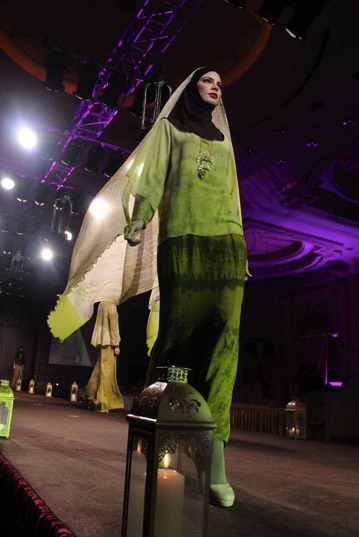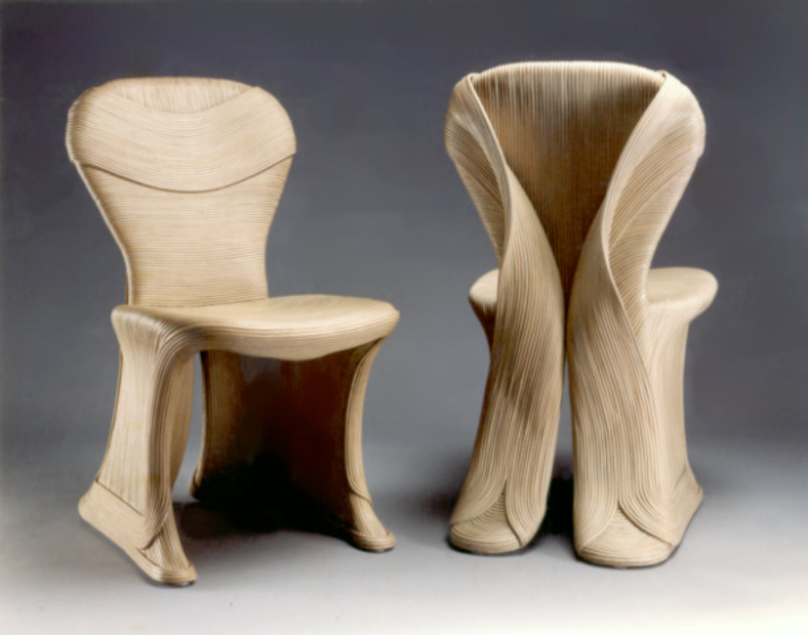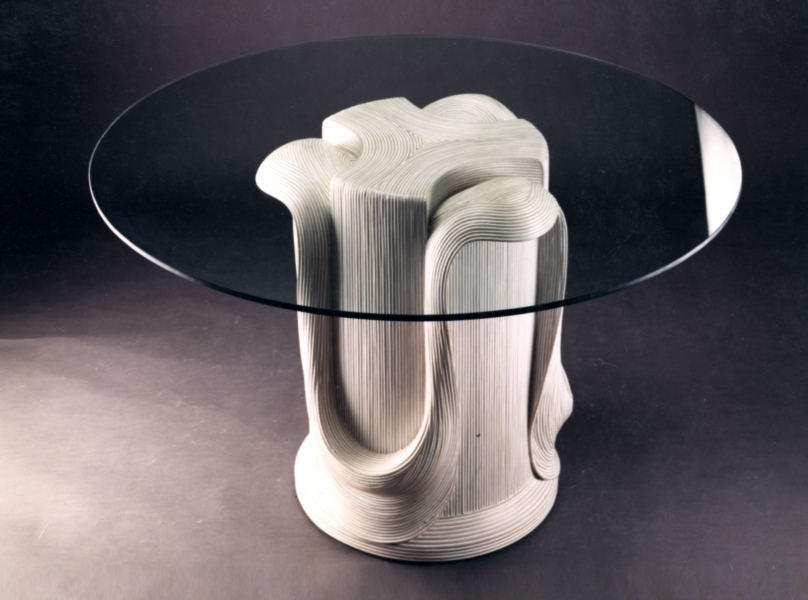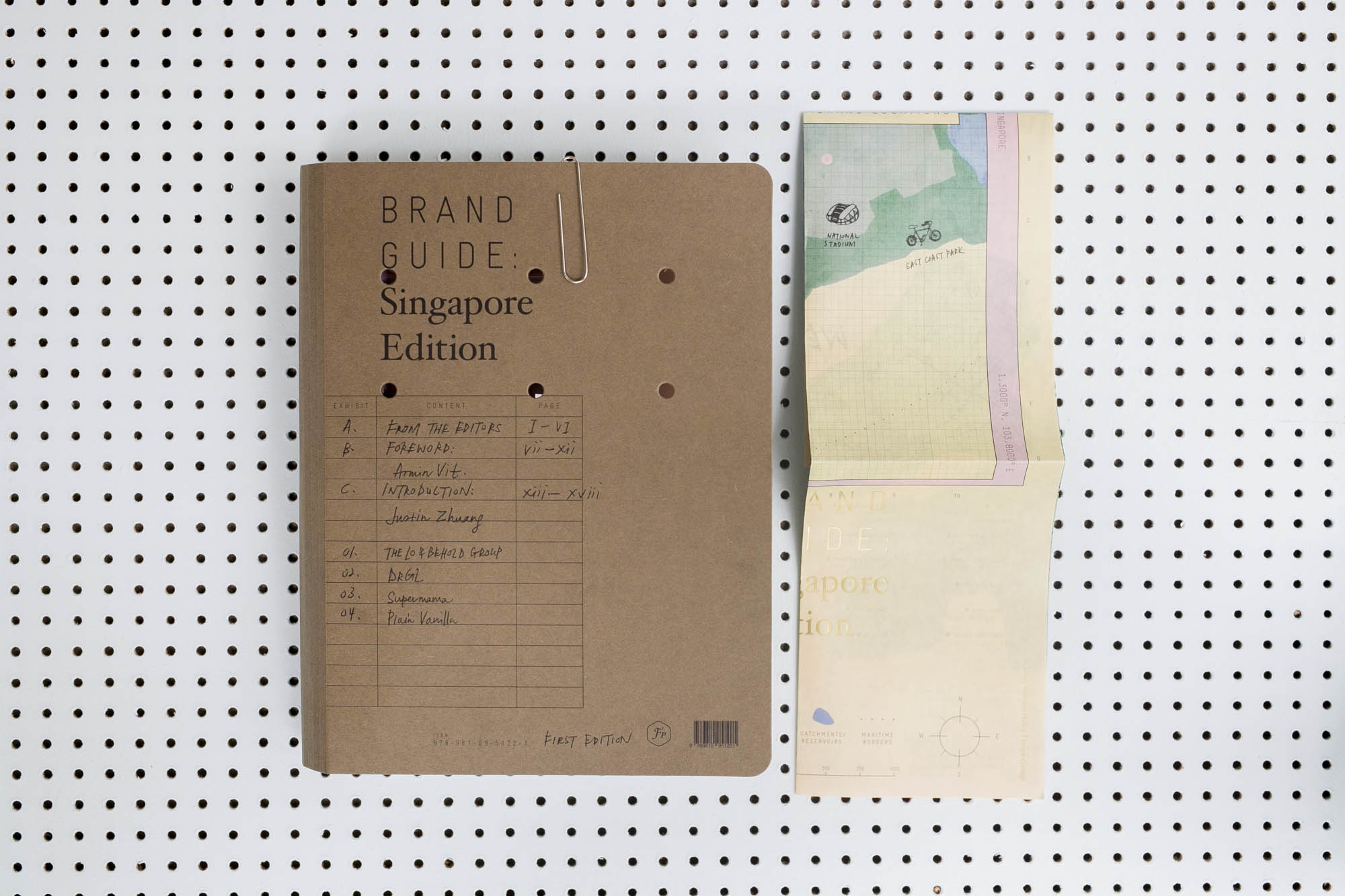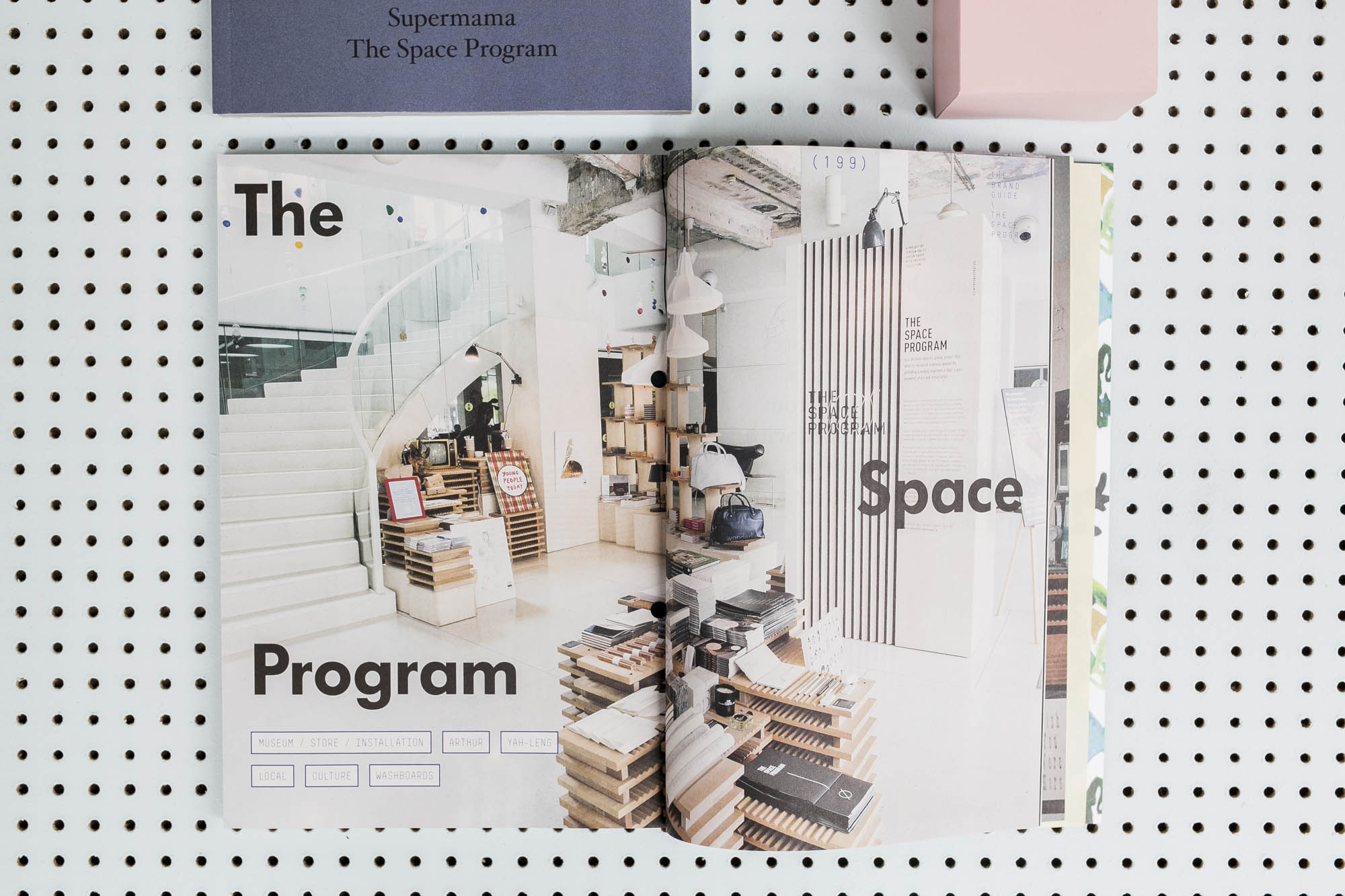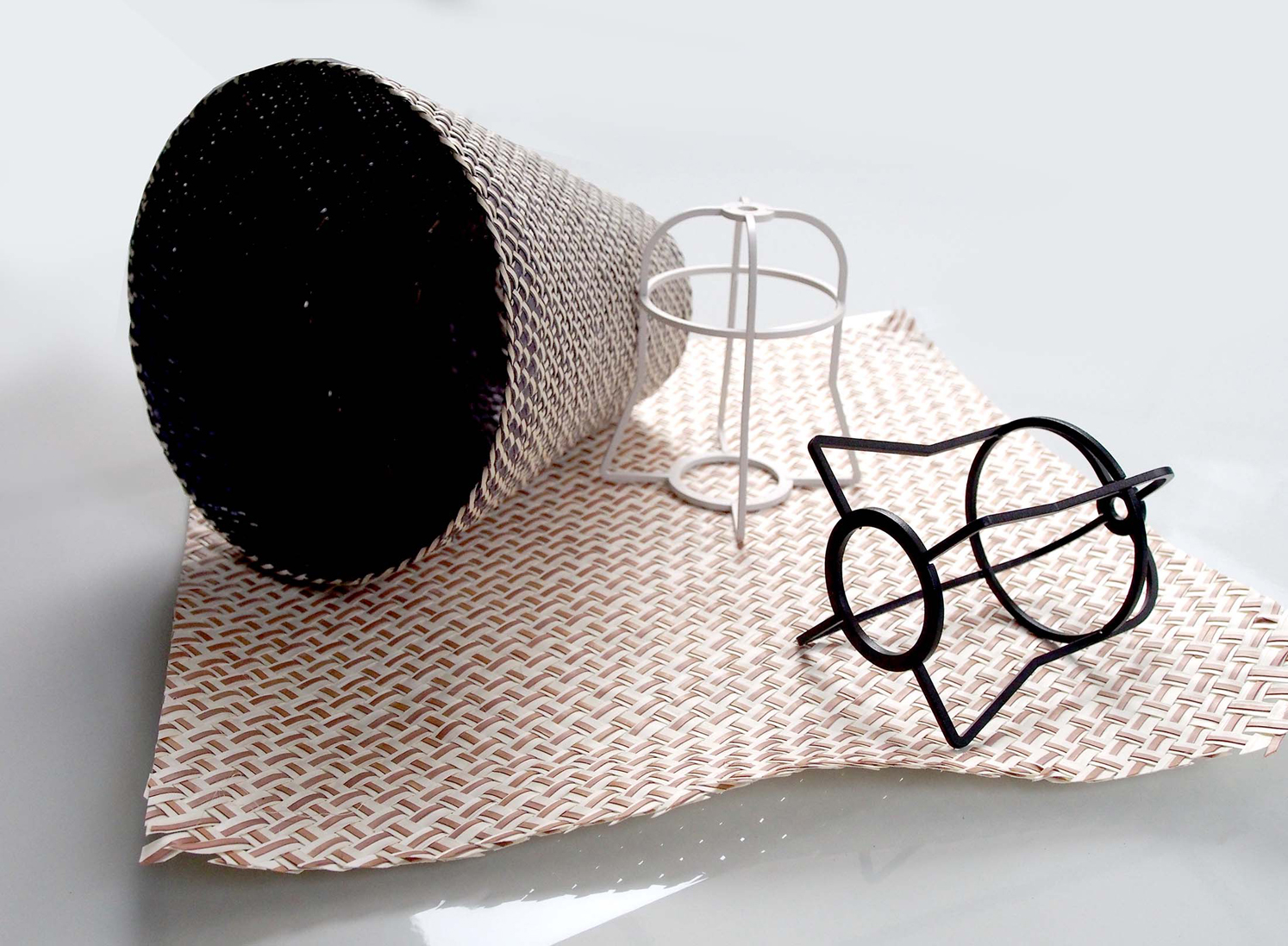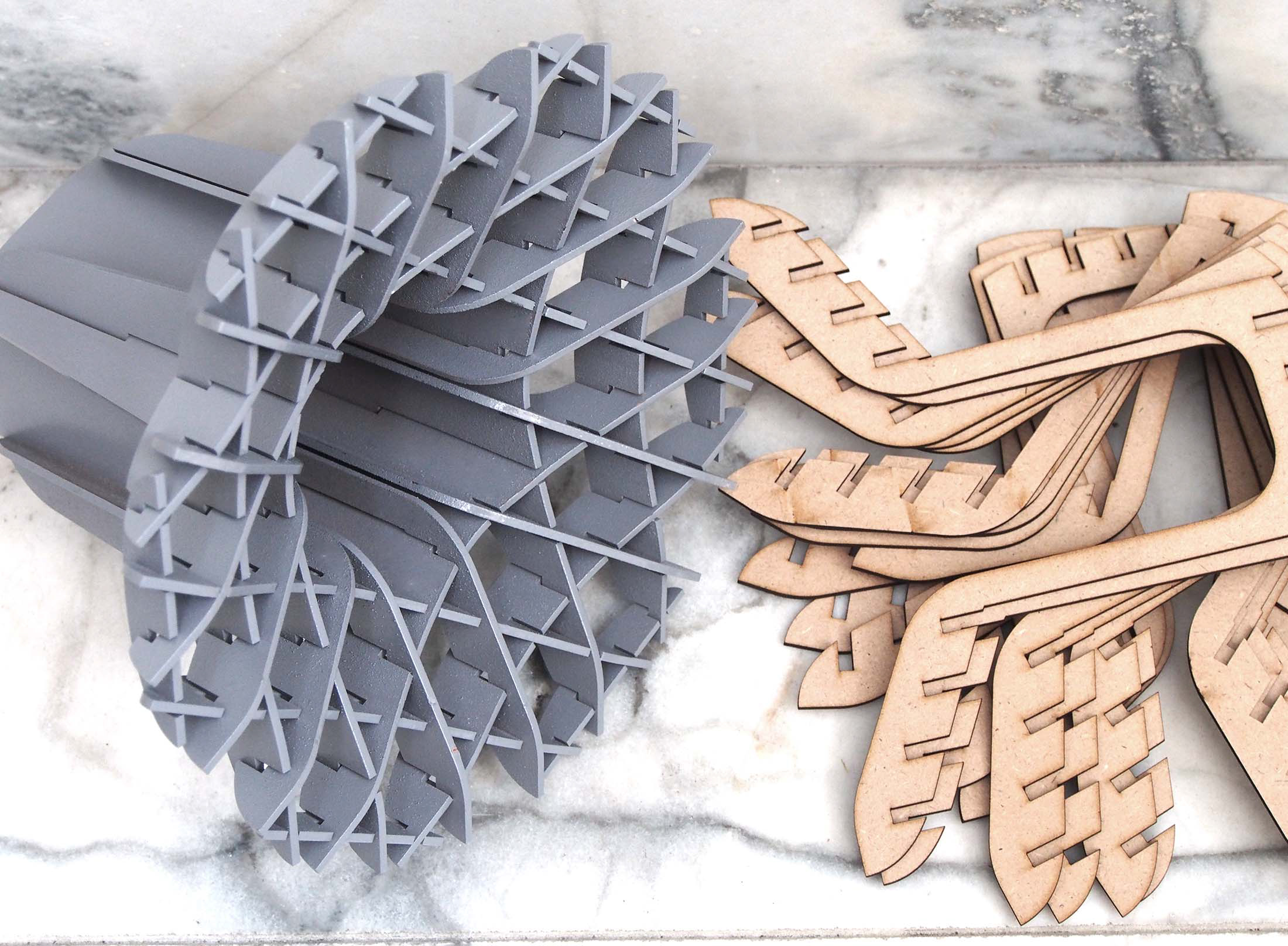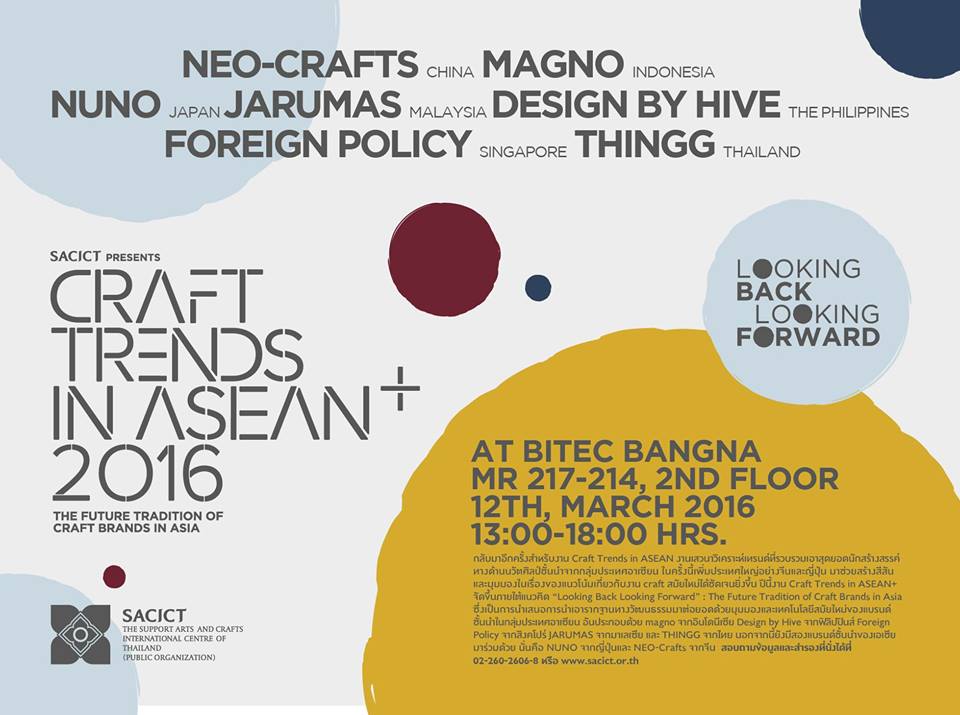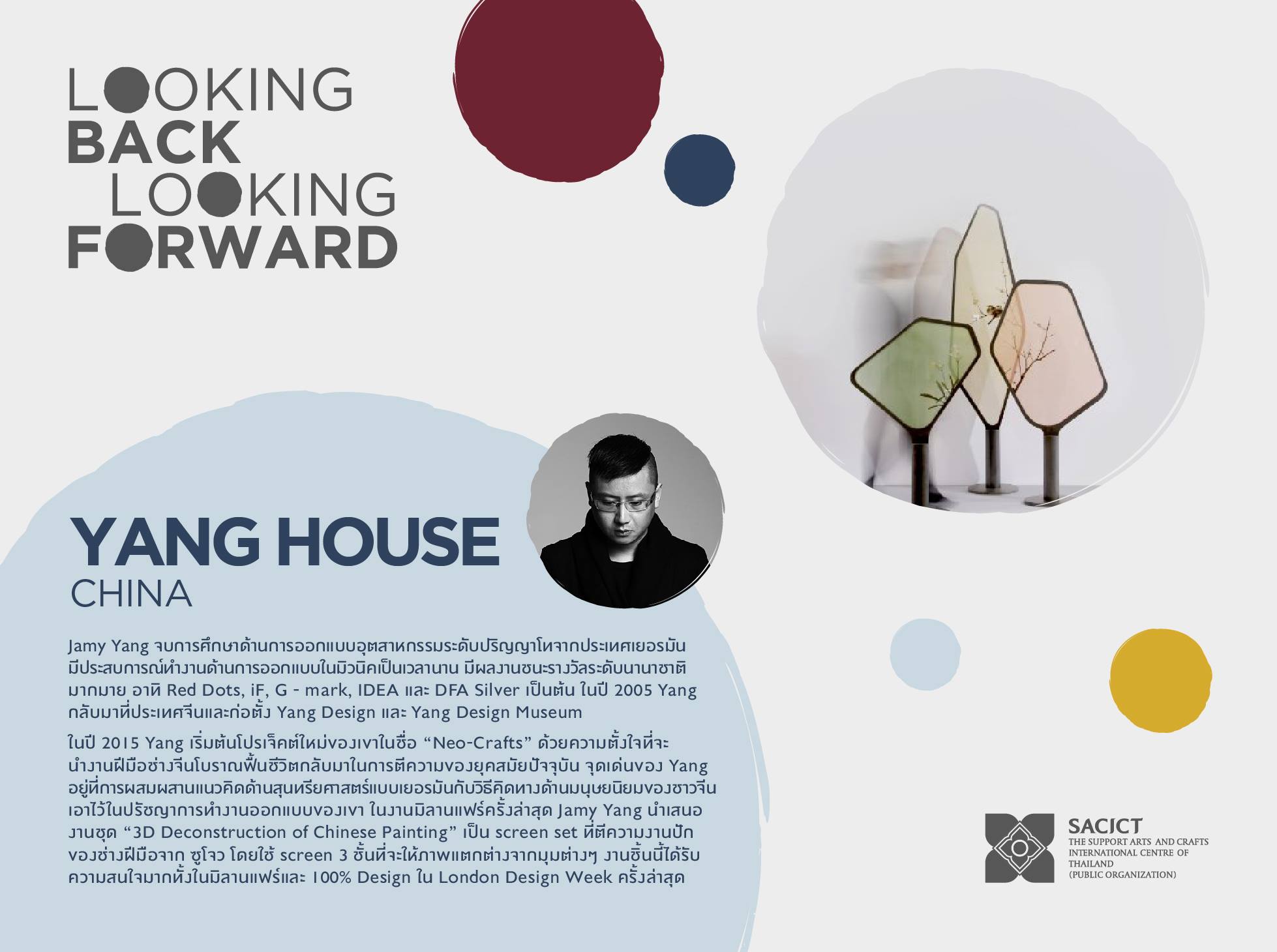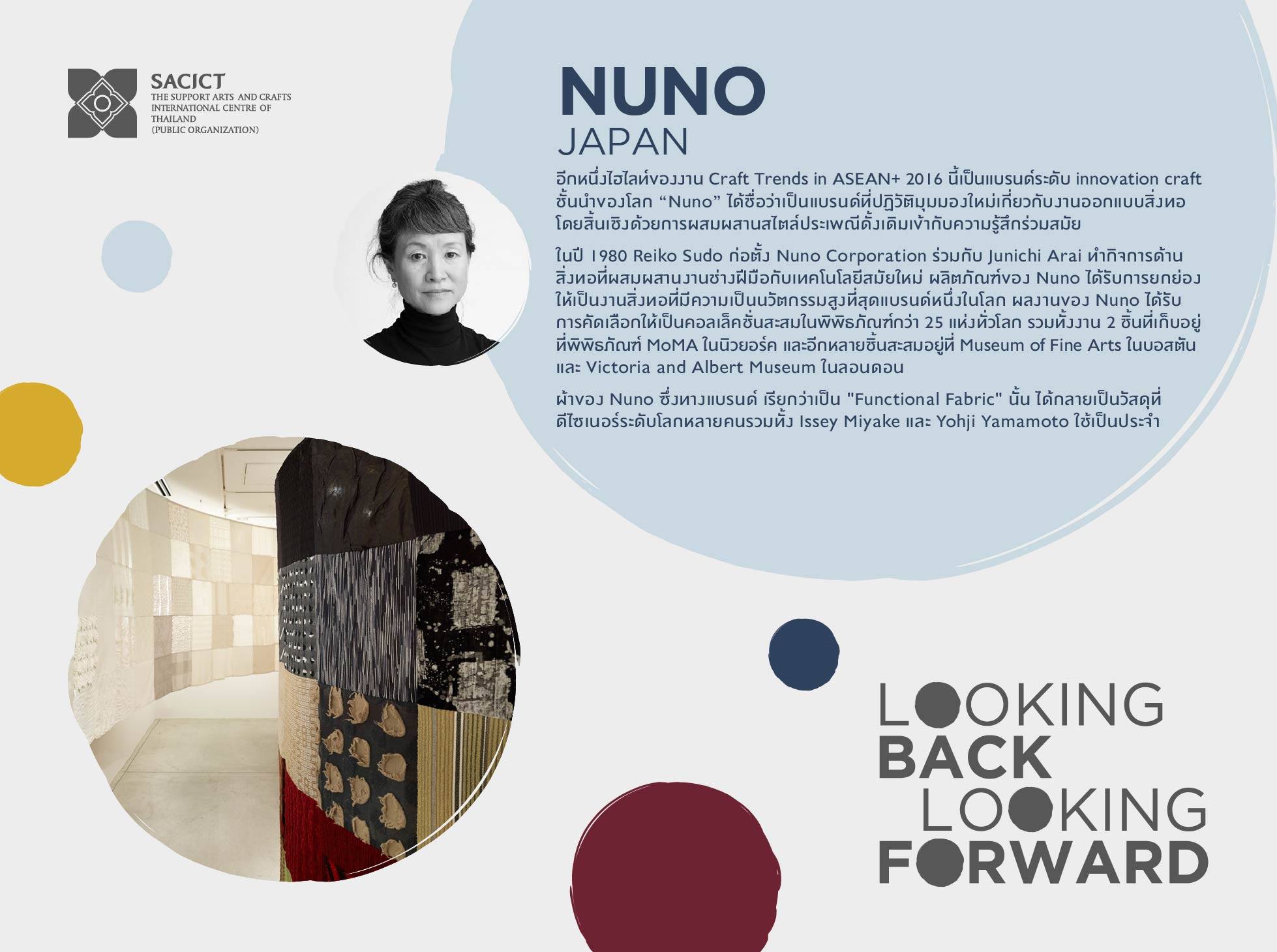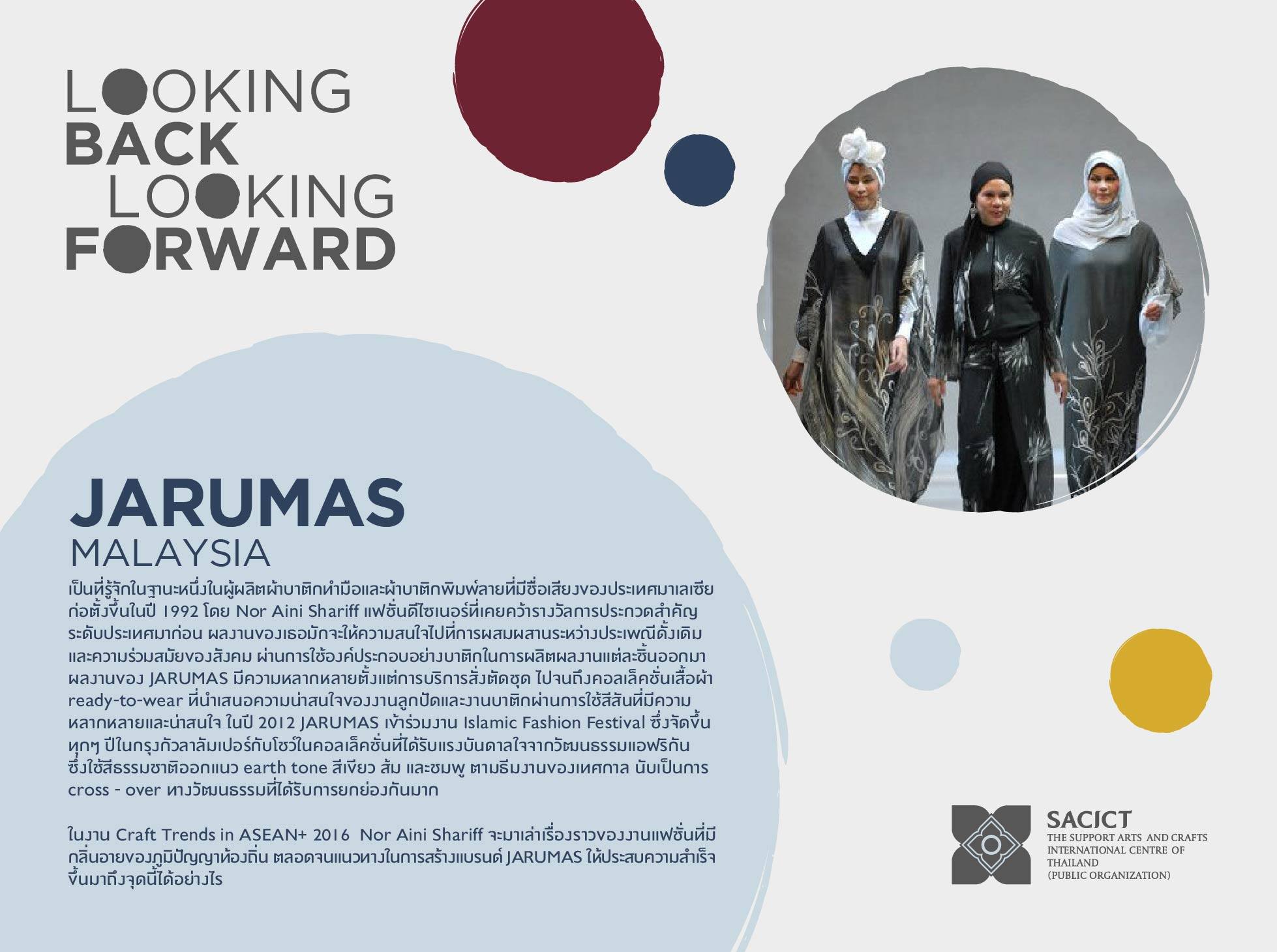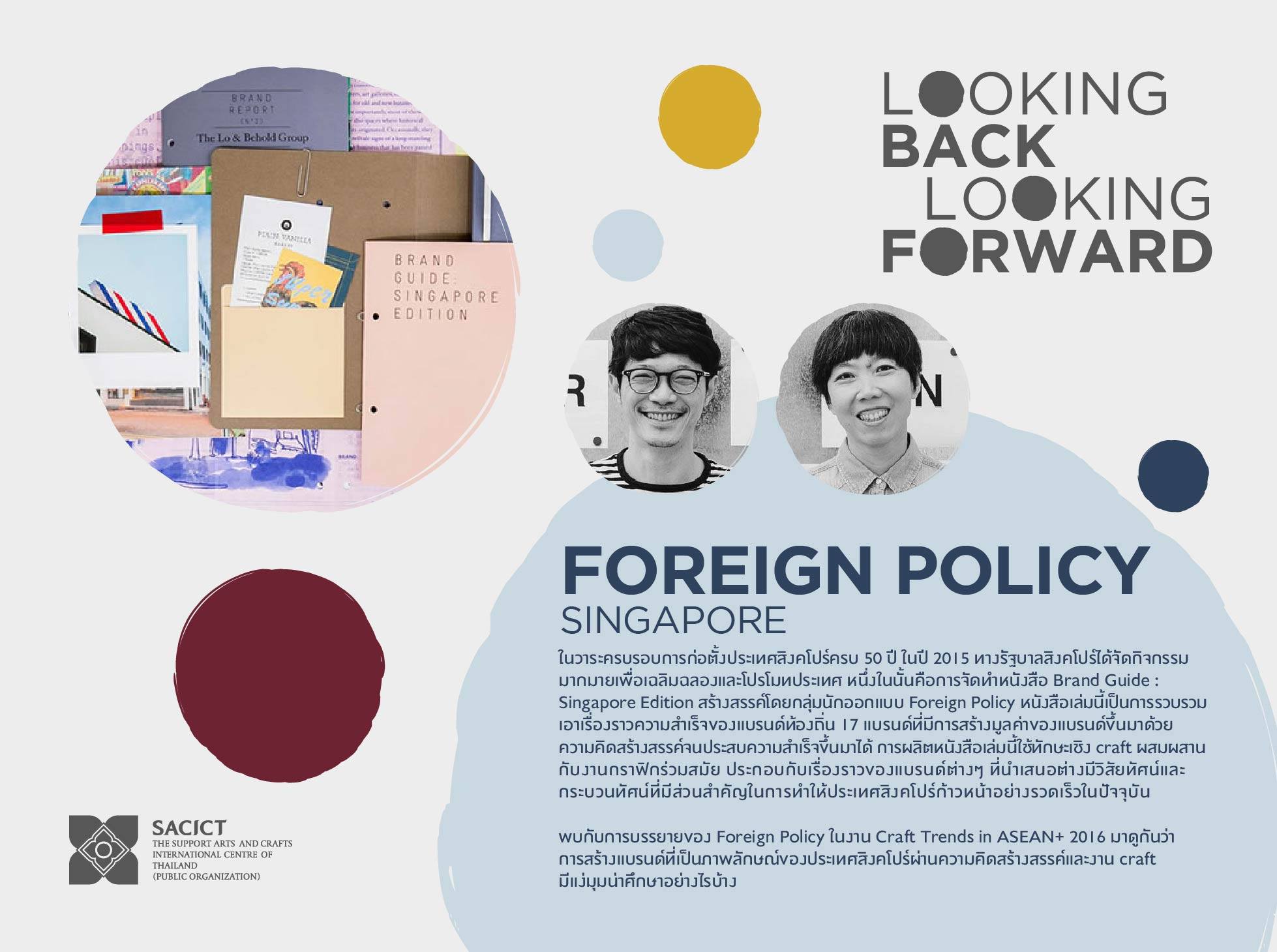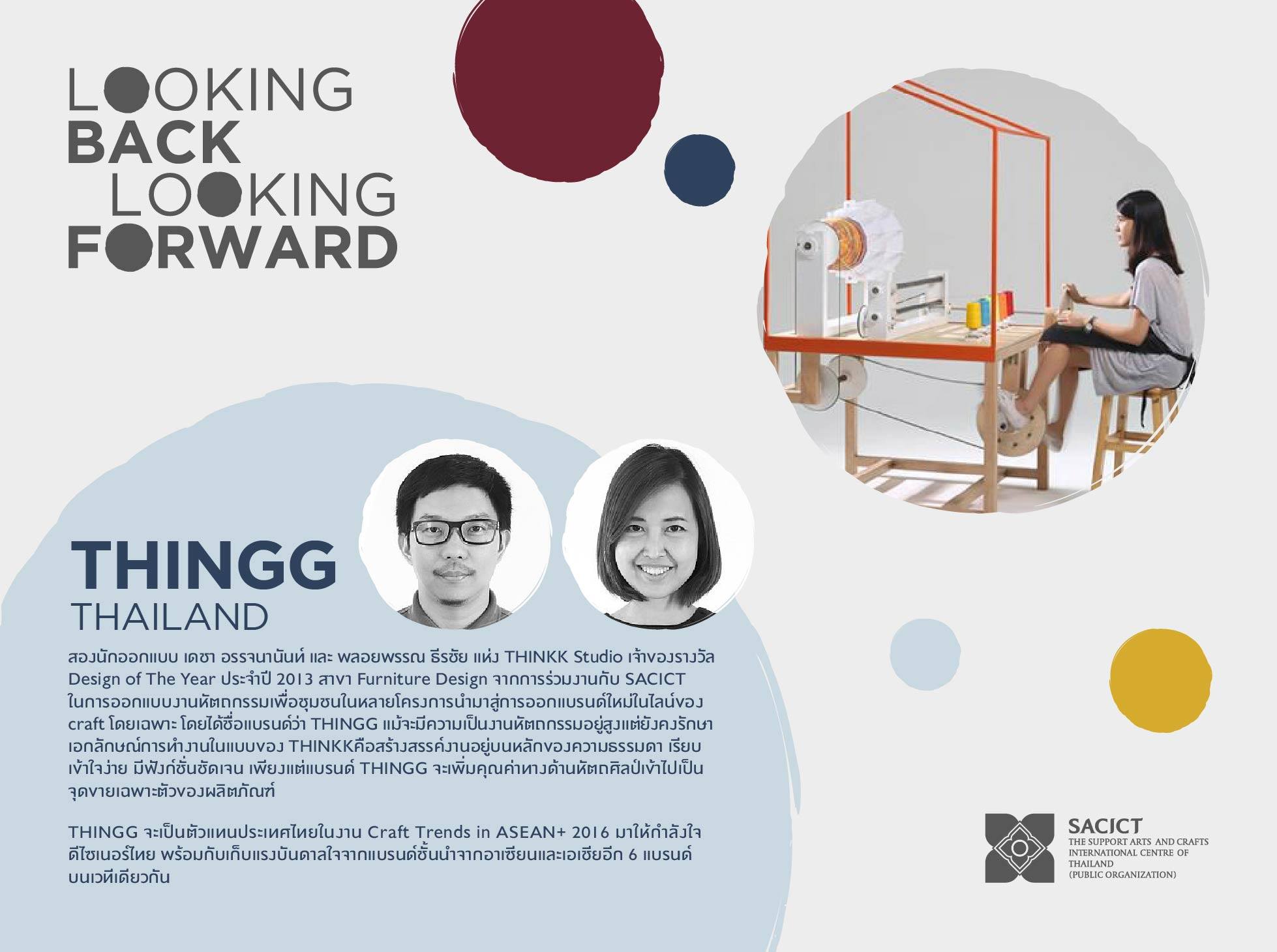Having been staged for another successful year, Craft Trends in ASEAN+ 2016, a seminar highlighting trends in the realm of craft by The Support Arts and Crafts International Centre of Thailand (Public Organization) under the theme “Looking Back Looking Forward”: The Future Tradition of Craft Brands in Asia, was recently held in Bangkok.

The highlight of this edition of Craft Trends in ASEAN+ 2016 was undoubtedly the invited speakers, all of whom are not only designers but also representatives of brands who draw traditional craftsmanship into the practice of design while also developing these prior principles through the use of modern technology. Their designs bridge the gap between traditional and contemporary, playing a big role in the establishment of new trends within the design scene.
JAMY YANG — YANG HOUSE
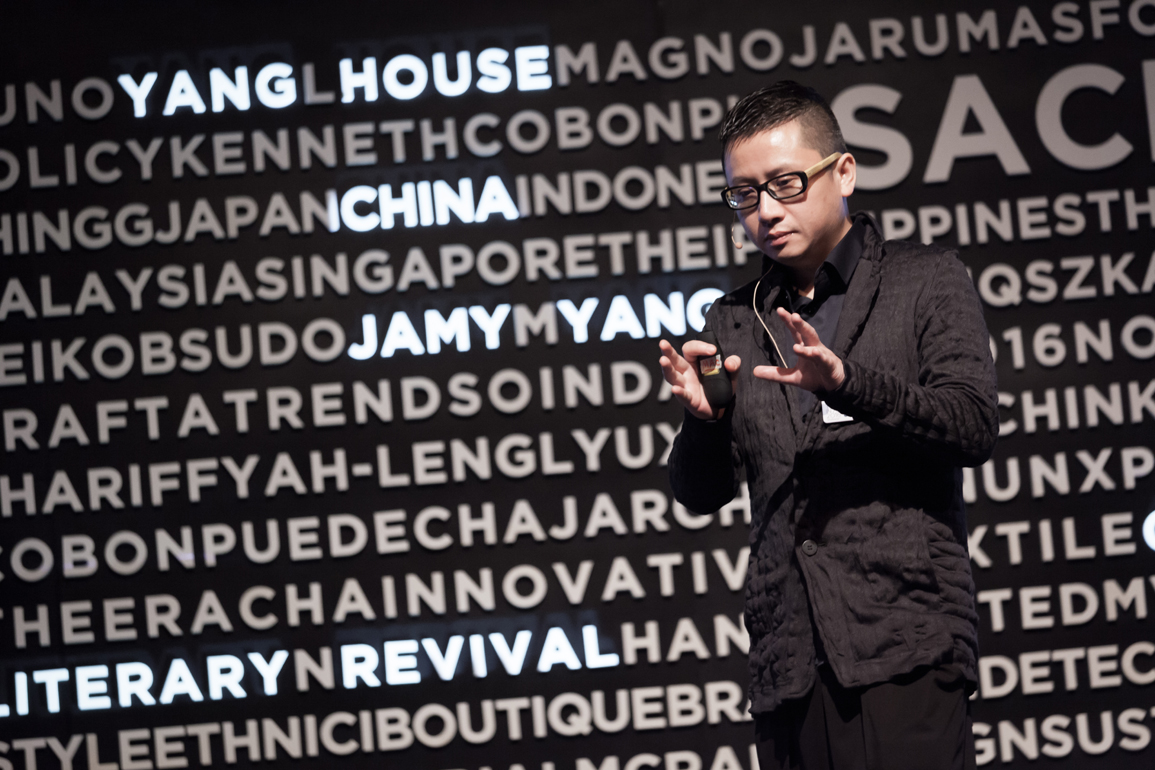
The first speaker was Jamy Yang from YANG HOUSE, Shanghai, China. Yang studied and worked in Germany for many years prior to returning to China to develop his practice as a designer. Recently, he has been interested in the traditional aesthetics of culture and crafts. Yang presented his works developed from traditional crafts into contemporary works of three materials – bamboo, silk and metal. Yang is himself a firm believer that there are many ways to utilize traditional crafts in order to develop modern aesthetics.
SINGGIH S. KARTONO — MAGNO

Singgih S. Kartono, the founder of magno, rode his bamboo bicycle from the rear of the auditorium directly onto the stage in a memorable entrance prior to introducing his work in which he has been collaborating with Indonesia’s Restoration of Bamboo group to alter the image of the material from a symbol of poverty and dirt to a material of economic opportunity that can be turned into something new through creativity.
REIKO SUDO — NUNO

Reiko Sudo from Nuno, one of the most famous textile brands from Japan, presented various examples of traditional Japanese aesthetics and textile innovations. Some of her works are fabricated in the manner of traditional processes, while others call upon technology in order to generate a unique style. Nuno’s works utilize collaboration with other design disciplines as well in order to create alternative meanings through the design of textiles that further incorporate a bit of imagination and, in turn, extend the potential of the medium.
NOR AINI SHARIFF — JARUMAS
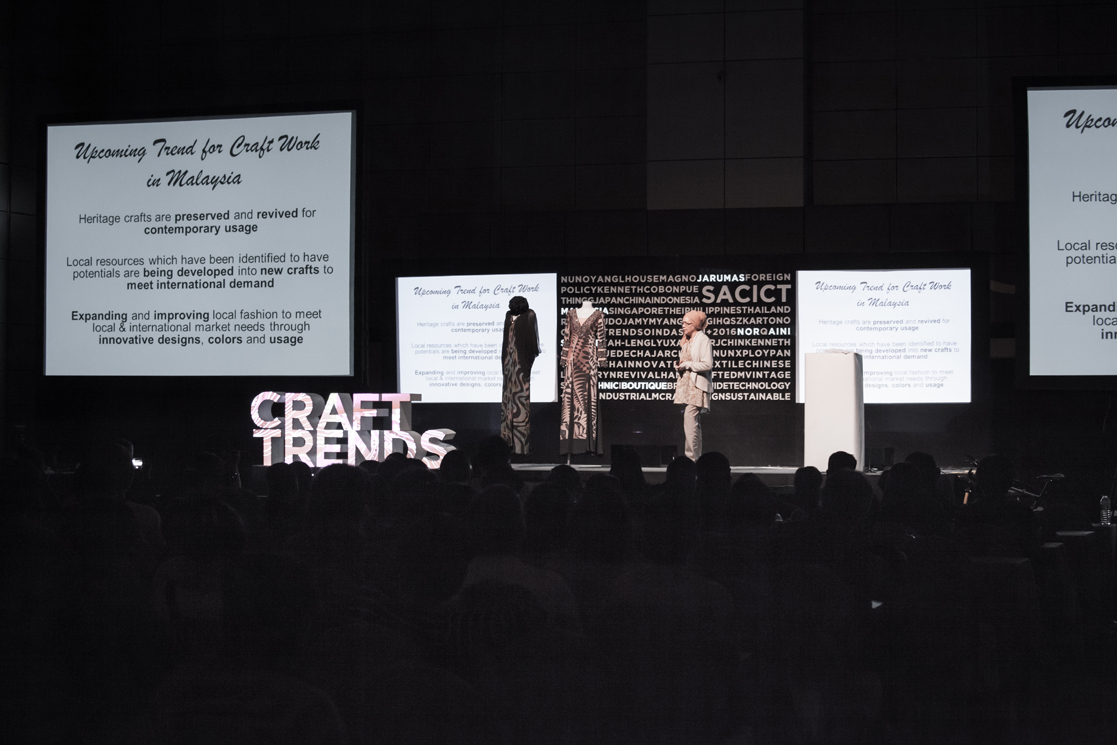
Nor Aini Shariff, the owner of JARUMAS, is working in the field of Batik textile design and primarily in the field of Islamic fashion. She discussed changes in the Malaysian fashion industry scene and the process of bringing the politeness of the Islamic identity, and the Islamic aesthetic, into the fashion realm, an accomplishment that has ultimately led to the JARUMAS brand’s identity.
KENNETH COBONPUE

Kenneth Cobonpue, world superstar from the Philippines presented his design work in various fields ranging from furniture design, product design and interior design to branding campaigns. He may be the only one in Asia who uses simply his name as his brand identity and believes that Asian craftsmanship can be continuously developed and expanded upon in the future.
YAH-LENG YU & ARTHUR CHIN — FOREIGN POLICY

Yah-Leng Yu and Arthur Chin from Foreign Policy Design Group, a graphic design studio from Singapore, used the first part of their lecture to introduce their current work prior to introducing their Brand Guide project, a book collecting and highlighting successful Singaporean brands. This project emphasizes the process of branding of many businesses, ultimately portraying a larger image of Singapore’s enterprise branding process that draws upon fashion, culture and various types of design work.
DECHA ARCHJANANUN — THINGG

The last speaker of the event was Decha Archjananun of THINGG, a project that was developed as a new project by the Bangkok-based brand THINKK. THINGG is aimed specifically at developing traditional craft works from Thailand and introducing them to the international scene. In his lecture, Decha introduced a number of projects that he has been working on in collaboration with SACICT and provided the audience with his perspective and belief that the diversity of material and skill in Asia are invaluable assets of the region that must be attended to in the future.
A full publication highlighting the Craft Trends in ASEAN+ 2016 event and providing insight into the future craft trends we all have to look forward to in the region will be available soon. Keep your eye on the Craft Trends in ASEAN+ 2016 Facebook page for updates and news.

